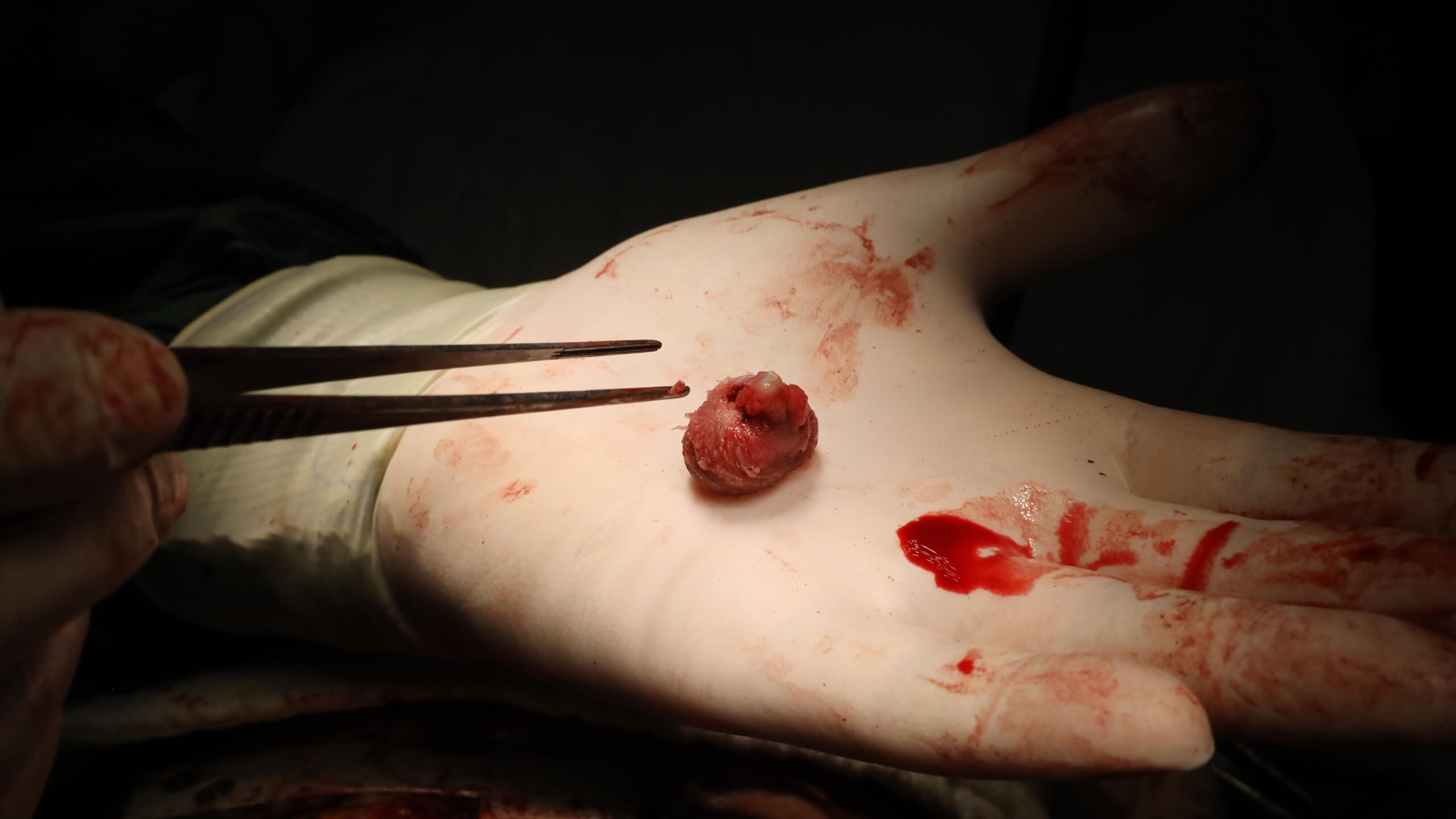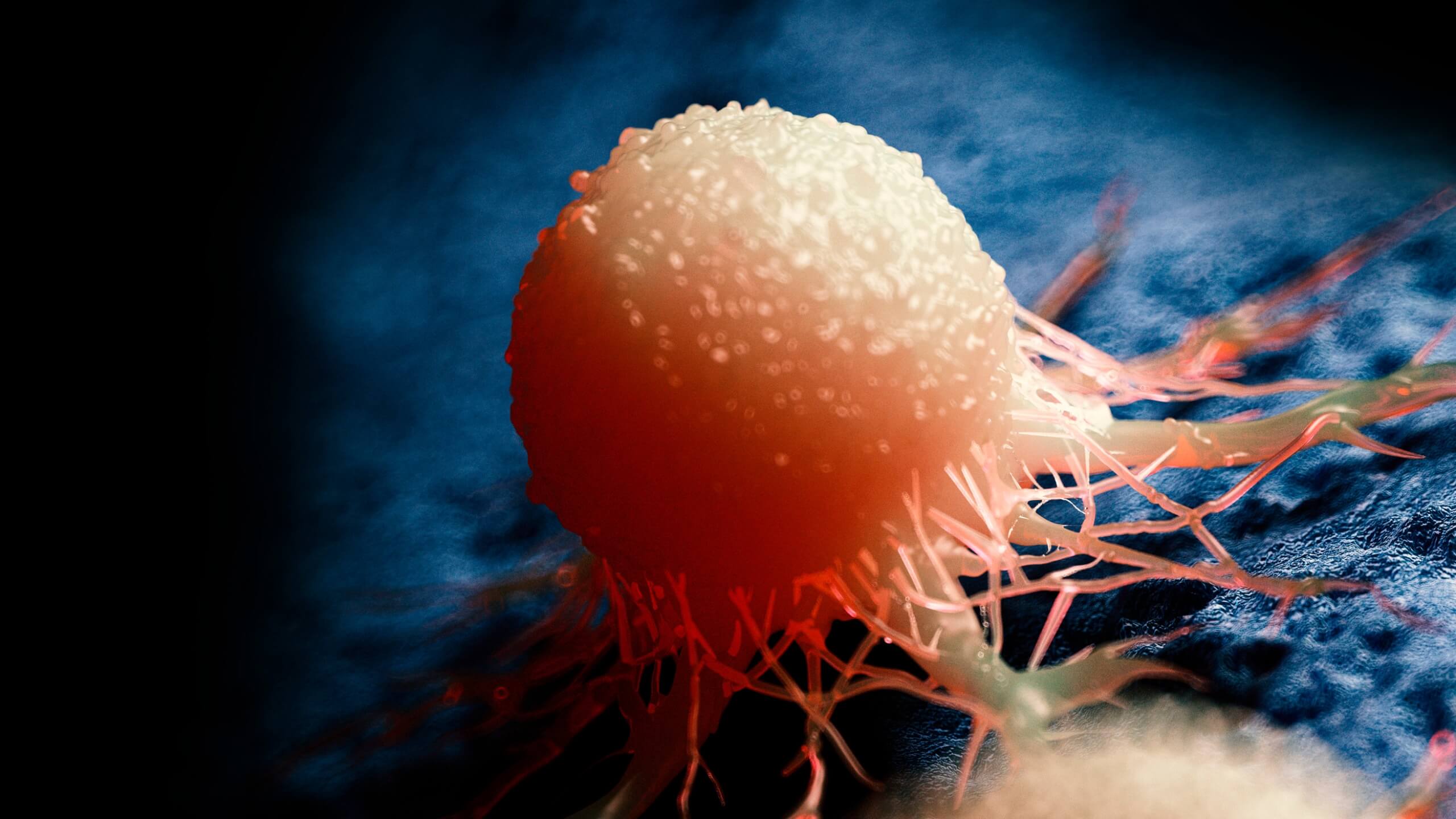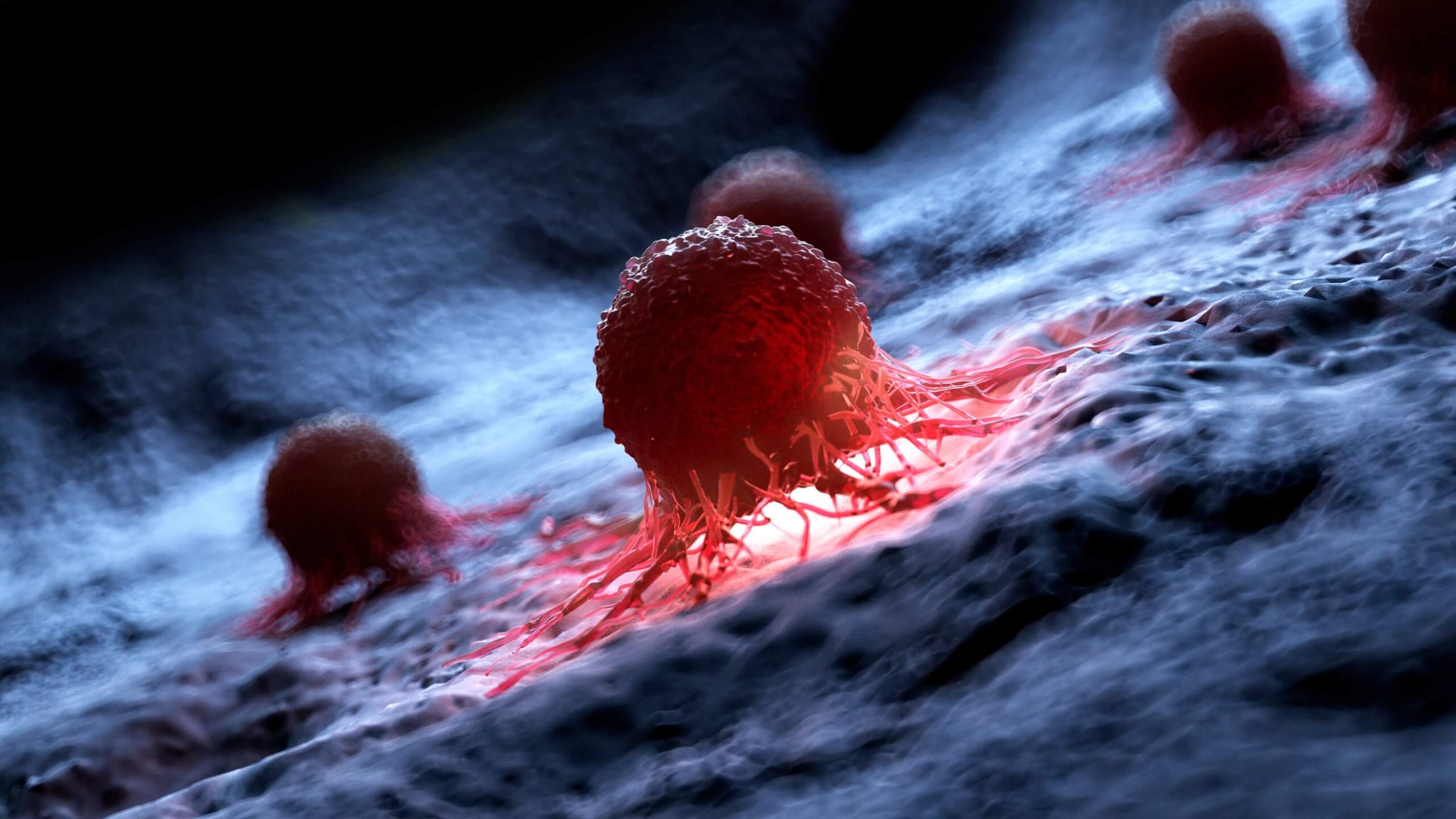Early diagnosis of cancer is a blessing for a patient as they can have the best chance of a successful treatment. Medical imaging techniques have greatly advanced over the course of years, making it possible to detect tumors in the early stages of development, even before they become symptomatic.
What is the Holy Grail of Cancer Detection?
The HOLY GRAIL of cancer detection is a new prognostic blood test. This blood test is capable of predicting tumors up to a year before they form, allowing doctors to intervene and potentially save lives.
There are several methods which are used to diagnose cancers at their early stages. But the recent emerging news about the “Holy Grail” of cancer detection is a game changer.
According to this study, it can detect the presence of many types of cancer years before a person would normally be diagnosed. With this revolutionary development, it is possible that many types of cancer can be prevented or treated much earlier than ever before.

What method is used to diagnose cancer before it forms?
The new prognostic blood test works by identifying tiny amounts of DNA released into the bloodstream by cancer cells. The study shows that the blood test can diagnose 50 types of cancer, including the common cancers such as lung cancer, and breast cancers.
Who developed the holy grail of cancer detection?
Ashish Tripathi is the founder and CEO of Tzar Labs and chairman of Epigeneres Biotech, the Indian firm where the test was first developed in 2021. “This is the first pan-cancer blood test,” said Ashish.
“We can detect [cancer] earlier than other known technologies before the tumor has physically formed,” said Tripathi, during a new interview with author and medical advocate Deepak Chopra.
🔬 Subscribe to SciMail
Get the latest science discoveries straight to your inbox!
“Not only can I actually detect it at this stage, I can actually tell you which cancer and where it is forming, straight from a blood test.”

What are the implications and future research about new blood test for cancer detection?
This technique of cancer detection has already been implemented in hospitals in the United Kingdom for further advancement and proof of concept.
Furthermore, researchers are hopeful that this technique will soon reach the United States as well.
The implications are far-reaching as it not only opens up possibilities for better diagnosis but also improves quality care overall throughout the entire healthcare industry – especially when combined with other treatments such as immunotherapy or chemotherapy drugs already available today.
It’s very obvious that further research needs to be done, however, if successful implementation occurs, then we may very well have found ourselves standing on the doorsteps of what some call “the holy grail” of cancer diagnostics.


Leave a Reply